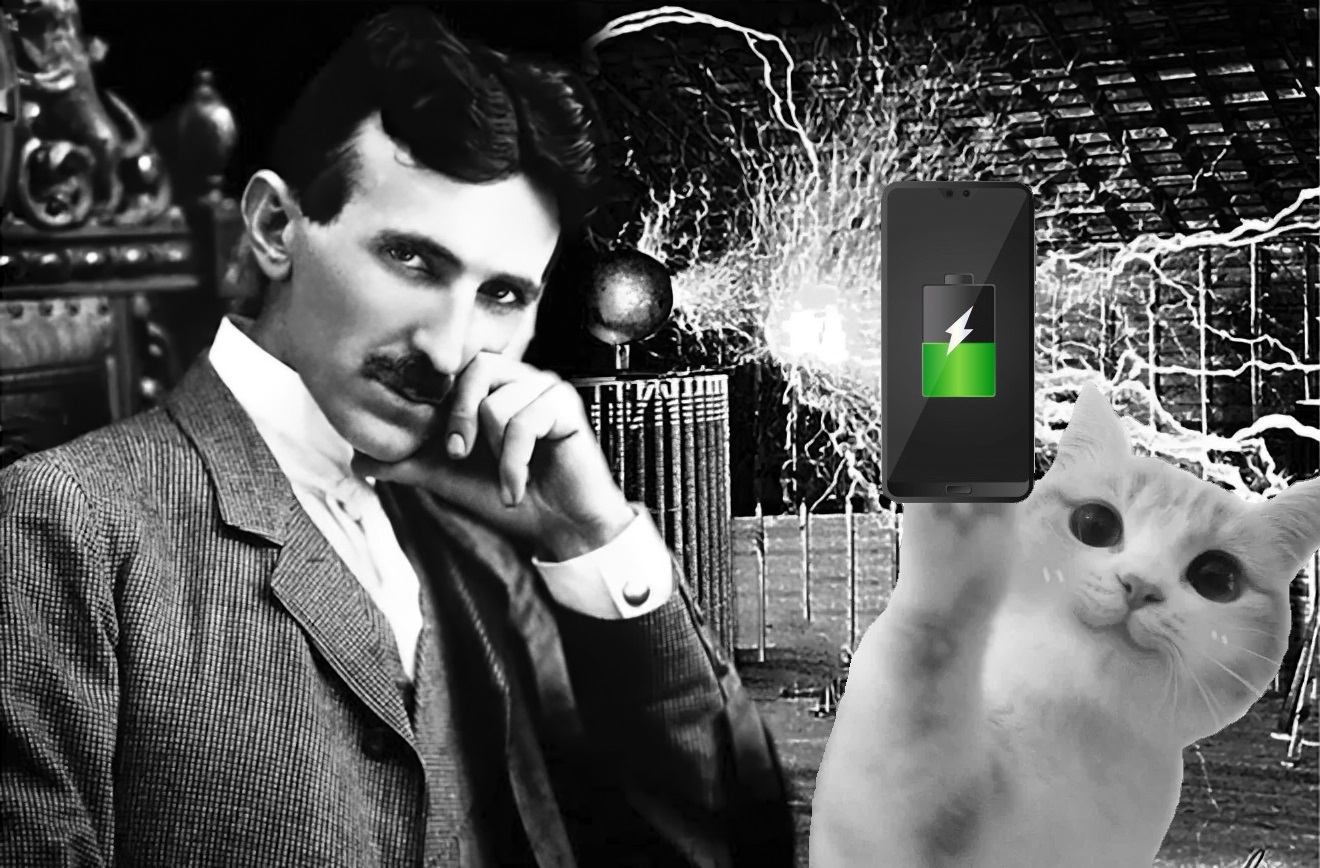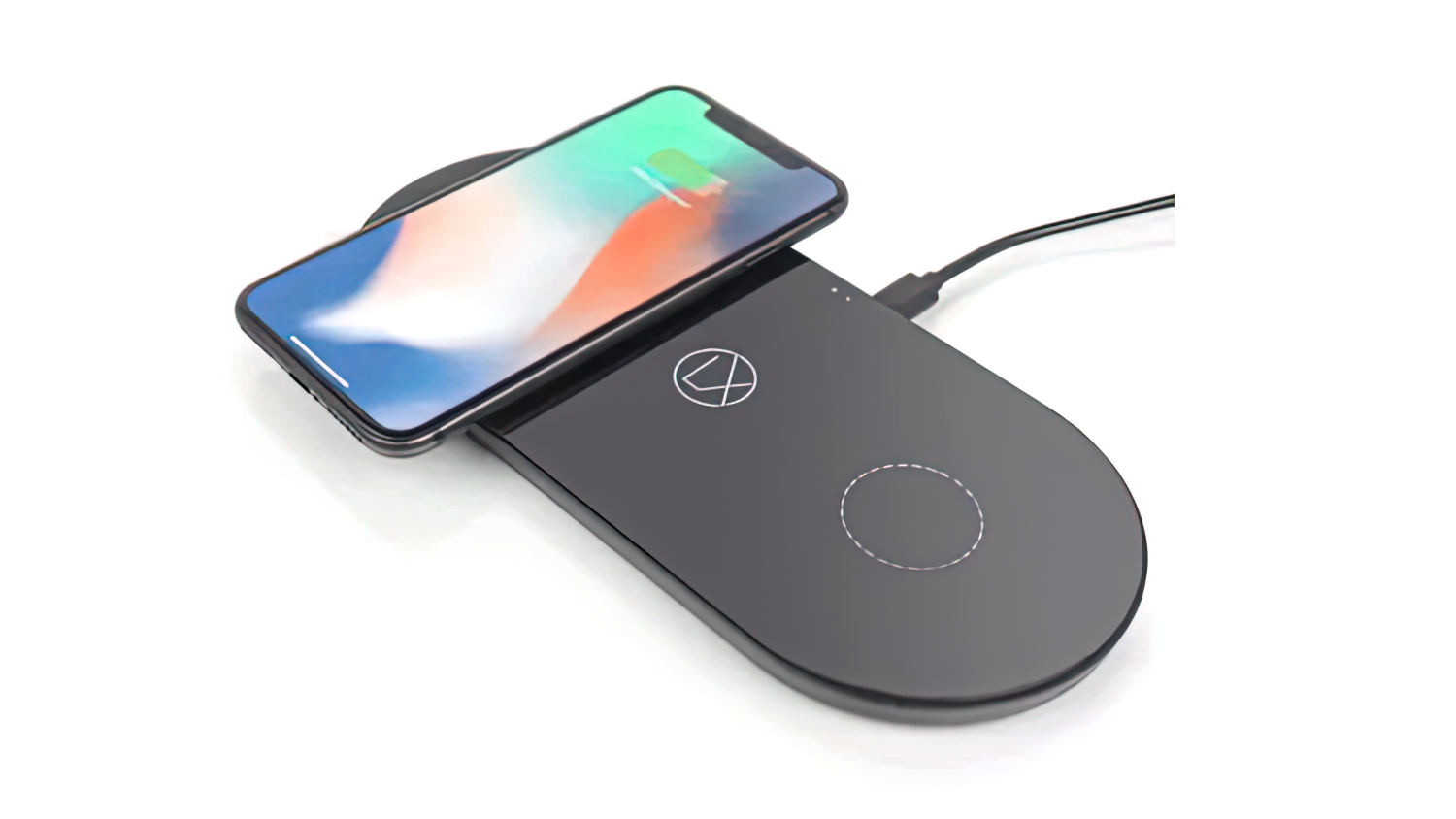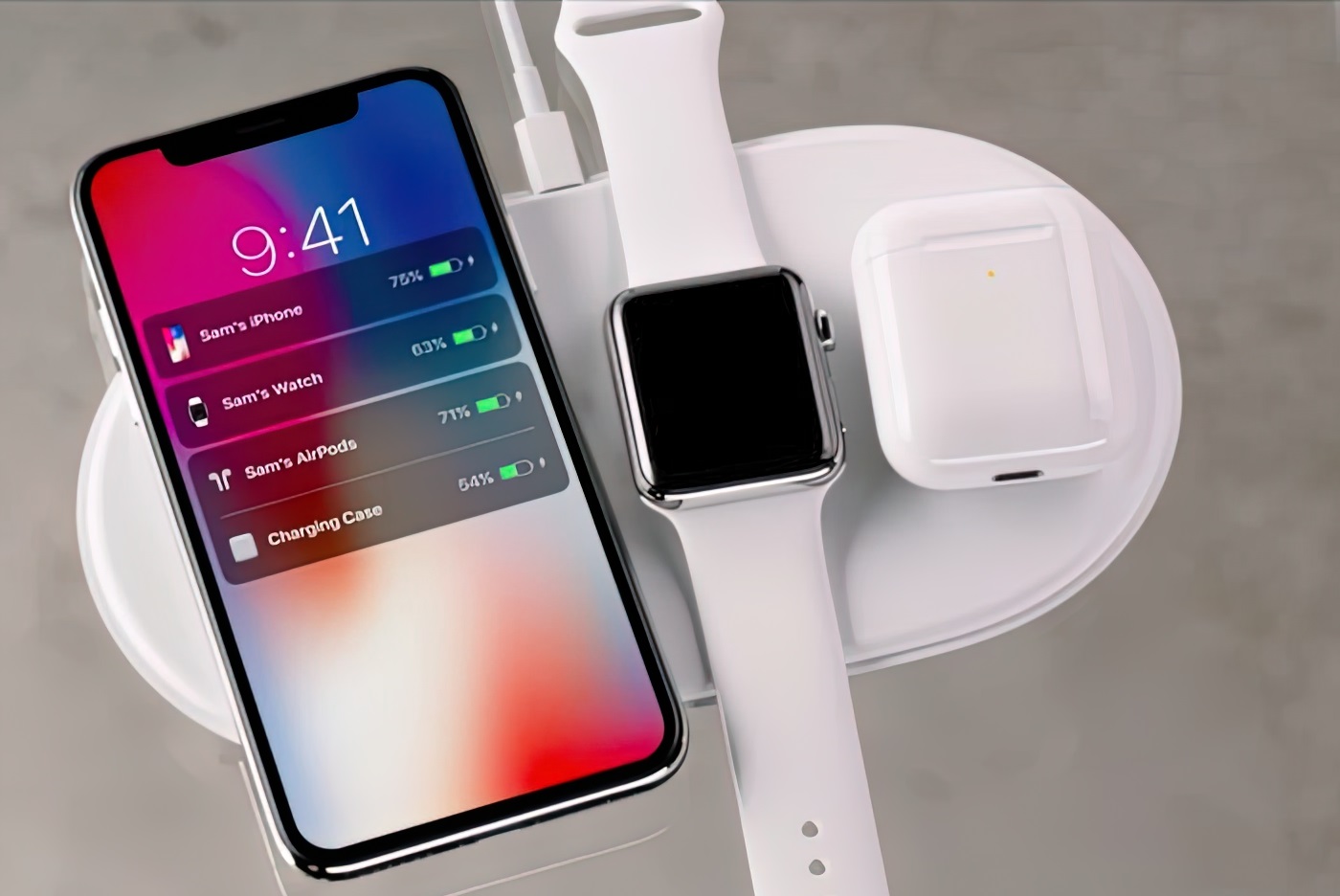
Modern design thought always chooses the path that simplifies the use of the device for the end user. In the documents and PR campaigns accompanying the launch of new products, this is called comfort and is the driver of the development of the entire industry. Do you want to sell a smartphone or tablet? Make it “more comfortable”. And it works, oddly enough. Major mobile electronics buyers (Asia, the EU, and the US) grumbled a little when they removed the 3,5mm music jack from most smartphones and then got used to “wireless” audio absorption and conversations. If there are no wires stretching from the pocket to the ears, then they cannot be rubbed or torn, a house cat cannot eat them, they do not cling to protruding objects and do not pull the smartphone out onto the concrete floor. The once revolutionary technology of QR codes was also designed to increase comfort, relieving a person from carrying a wallet and paging through thick directories, and it was replaced by the NFC protocol, which took the user’s contactless relationship with organizations to a new level. Against this background, only one thing is surprising – the weak spread of NFC in smart TVs and monitors, which make the user’s life (circulation of electronic money) even more comfortable. The same situation occurs with the wireless charging of a smartphone, because just putting it on a plate connected to an outlet is a time saving and a definite plus in the “comfort” box. Let’s go through the “milestones” of the development of wireless charging together and take a look at the promising developments of leading brands that promise nothing less than an increase in the wireless distance from a smartphone to “charging” up to several meters.
Qi
In 2008, more than 500 companies united around the idea of wireless charging of electronic devices in the Wireless Power Consortium (hereinafter WPC). At the moment, there are a little more than four hundred participating companies left (the competition is ruthless, and new market participants are forced to pay for certification), the entire list can be found at this link. The list includes all the leading brands, from Apple to Huawei, which allowed us to bring the standard to the market in the form of off-the-shelf devices.

Despite the fact that in English Qi is pronounced “cabbage soup”, the standard itself is named after “qi” – invisible energy that flows through the Universe and sometimes concentrates in the chakras of wushu masters (if you believe them). In the Russian transcription, we are talking about “ether”, a substance forbidden in modern science, despite its ears sticking out of the Higgs theory. Is this a good name? From the point of view of elementary logic – no, but if it helps to sell, then from the point of view of the capitalist – undoubtedly.
The Qi standard implies charging the device at a distance of up to 4 cm from the emitter (our “plate”), and the power can reach up to 65 W (for large devices). In addition to basic power indicators, such chargers use not constant, but alternating current. This was done for the same reasons as in our power grids – 65 W of direct current will very quickly heat up the thin copper wires of the coils installed in the transmitting and receiving devices, and then you have to call the firefighters. Qi operates at 100-205 kHz, Samsung’s PMA, Huawei’s proprietary, and Apple’s MagSafe use higher frequencies while remaining backward compatible with Qi.
Despite the commercial success of the technology, the sales driver called “comfort” moves the idea further, forcing large manufacturers to invest in development.
Apple’s AirPower failure
Against the background of our topic, one cannot ignore the failure of Apple, which announced in 2017 the beginning of the development of a universal charging mat, which was supposed to simultaneously charge two devices according to the Qi standard and an Apple Watch. The project was closed in 2019, and the reason was ordinary physics and irrepressible ambitions of the company.

The idea of placing electromagnetic coils in a very thin case (we were talking about a few millimeters) crashed with a bang on the problem of heating and heat dissipation. Hot coils melted the body of the prototypes, and the only way out – to make the body more spacious – led to the indignation of the management, who perfectly understood that the world could not be surprised with a thick charger. On the example of this failure, this conflict between physics and “wishlist” carrying advanced technologies to the counter of greedy businessmen, all the restrictions associated with the transfer of energy by electromagnetic induction (Qi) surfaced.
Xiaomi Mi Air Charge
On January 29.01.2021, XNUMX, Xiaomi blew up the world media with a message about the appearance of a “long-range” technology for charging Mi Air Charge devices. Everything looks amazingly good in the promo video.
To realize this miracle of our time, the Chinese have taken an extensive path, using millimeter-wave radio frequencies, transmitting radars in the “base”, a beacon and receiving antennas in a smartphone. The method is based on a device familiar to all motorists, which warns them about the exposure of a car by police radars and is called “antiradar” (a commercial name, absolutely irrelevant). The Mi Air Charge base contains 144 radar grilles that are directed in different directions. When a smartphone with a beacon turned on appears in the capture zone, the base is aimed at it using a phase interference discrimination system and leaving on exactly those radars that are directed directly towards the target. I just want to write “after which an anti-aircraft missile is fired.” After that, there is a natural process of transferring energy through the air between the base radars and the receiving antenna of the smartphone. The press release says that a power transmission of about 7,5 watts is guaranteed at a distance of several meters. At the moment, only one device can be charged, but in the future it is planned to support all home devices, including the IoT and all sorts of smart coffee grinders.
Separately, it is worth thinking about the current level of production and the resulting cost of this product. And something suggests that the “base” can be too expensive, becoming the same toy for millionaires, as, for example, a folding helicopter or IPS walls in a home.
Motorola
The very next day after the presentation of Xiaomi, the main division of Motorola in China leaked a video demonstrating its own developments to insiders. From the video, it is clear that, as in the case of Xiaomi, radio frequencies and directional radars are used. Unlike the monstrous Mi Air Charge pedestal, Motorola’s charging radar serves targets only within the limits of its radiation, but all at once. Various sources indicate the effective distance between the radar and the smartphone from 80 cm to 1 meter, and also mention a security system that turns off the charging radar if something blocks it.
If we judge the advantages and disadvantages of this system, then it is worth paying attention to the main thing – we still have a certain “place”, and only in this place the device is charged.
AirFuel Alliance
The AirFuel Alliance group, formerly called the Alliance for Wireless Power, is known for direct participation in the development of the Intel Wireless Charging standard, introduced back in 2012. Its core consists mainly of scientists of different ages, nationalities and places of residence. Unlike WPC (Qi), their proprietary AirFuel RF ™ technology uses radio frequency (RF) wireless power transmission to provide power for wearable devices, IoT devices, consumer electronics, drones, robots and industrial tools within a single room. …
In addition, the group is modernizing first generation inductive chargers (such as Qi) using the electromagnetic resonance method. The goal is to simultaneously charge multiple devices at a speed equivalent to wired charging, without the need to accurately place the device on the charging surface (not to be confused with Apple’s AirPower efforts). They called this technology AirFuel Resonant ™.
It sounds very loud, but for many years the AirFuel Alliance has been unable to present a working prototype based on AirFuel RF ™ technology to the public. The situation around AirFuel Resonant ™ is a little better – at the MWC Shanghai 2021 (February 2021), a prototype of the OPPO X 2021 smartphone, compatible with the new standard, was presented. In April we see the announcement of the start of AirFuel Resonant ™ certification, which, given the support of giant OPPO, is a sign of success.
Conclusion
Of all the methods presented in 2021, the most promising ones seem to be developments from the AirFuel Alliance group within the AirFuel Resonant ™ technology, which is in essence an upgrade of the old Qi standard. Xiaomi’s method is too complicated and expensive, and the Motorola variant still ties the charging smartphone to a fixed location. This means that a great wireless future will not come in the next two to three years and the USB connector will remain in place.





